David Nicole on the Mughal Warfare (part of 3)
The Mughal strategy was based on a combination of the use of elite cavalry and well-fortified defensive fortresses. At the same time, the Mughal tactics were flexible: they considered that the use of cavalry and war elephants was more effective in the plains of northern India than in the mountains of the Deccan or in the swamps of Bengal. The Mughals prepared their campaigns carefully and relied on superiority in strength. In the 17 century, Jai Singh, speaking out against the Marathas, tried, for example, to capture only those enemy fortresses that he could then hold and use to strangle the Maratha movement.
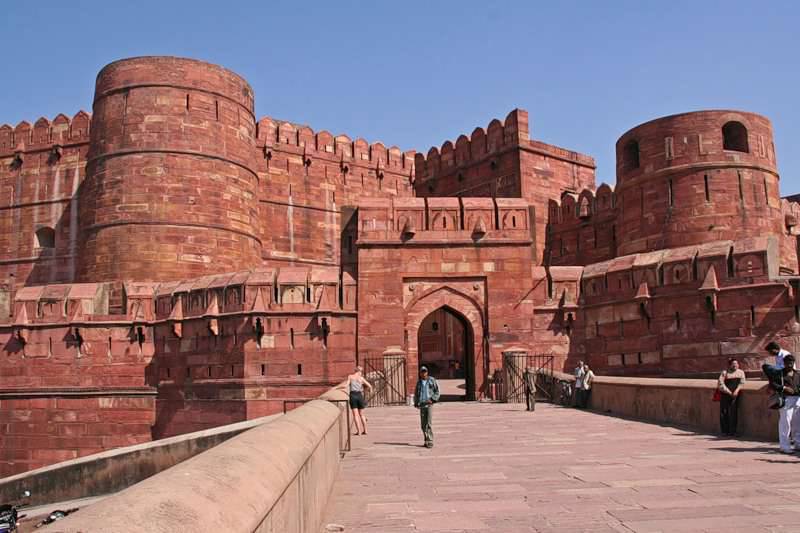
Agra was the capital of the Mughal Empire under Akbar.
It was customary to carry out wars during the dry season, although Akbar made an attempt to conduct at least one campaign during the monsoons, despite the floods and heavy rains. Aurangzeb used the big rivers when campaigning in Assam and Bihar. The combined operations of land, sea and river forces eventually became an important component of the military art of the Great Moguls.
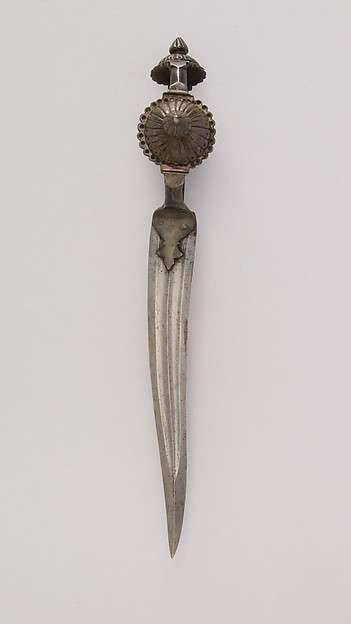
Dagger bichwa.
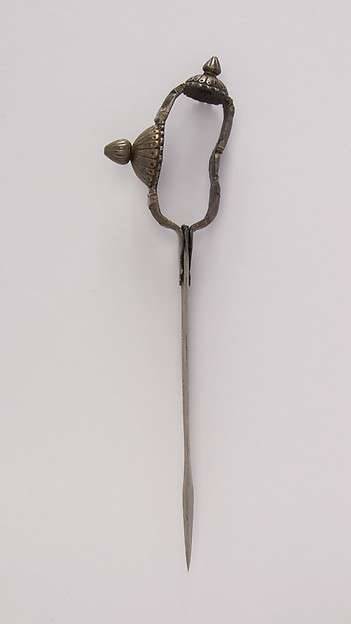
Dagger pichwa: side view.
Army on the march
Among the many things that astounded European travelers of the 16 century, the organization of the movement of troops was almost in the first place. Father Antonio Monzerrat, a Jesuit missionary, wrote that he was watching a huge Indian army on the march and that the sight was very much struck by it. For example, that the heralds were going ahead of the main forces, warning the rulers of the small principalities so that they would not try to resist. And, of course, that the army, going through friendly or neutral territory, paid money for everything.
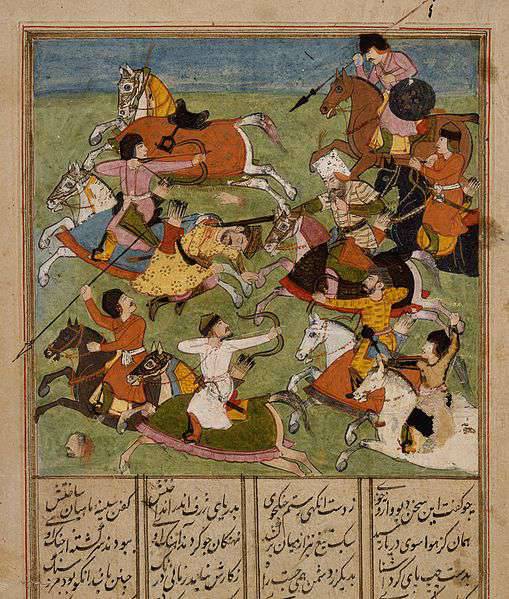
The Mughal Cavalry in battle, a miniature from 17’s early manuscript. Los Angeles County Museum of Art.
When moving, the army tried to avoid routes across the great plains, where there was not enough water, to avoid the mountains, where the troops were vulnerable to ambush, and where there were problems with crossings — to act with a large number of pioneers who cleared the road and built bridges and rafts. They were commanded by a senior military engineer, and local governors and subordinate rulers were to provide them with boats and building material.
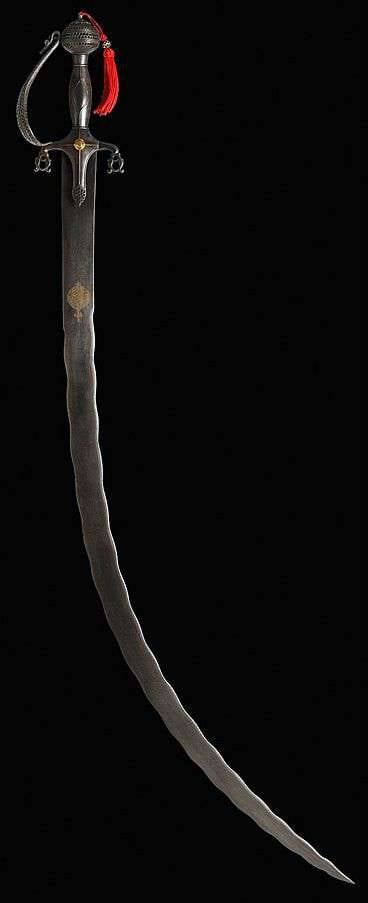
Saber tulvar 17 -18 vv. India-Afghanistan.
The Mughals marched under the cover of the scouts. Those were supposed to look for sources of drinking water, access to fuel, that is, to firewood, and - most importantly, close or far away is the enemy. Signals were given by means of pipes, so that the troops had time to prepare even for a sudden attack.
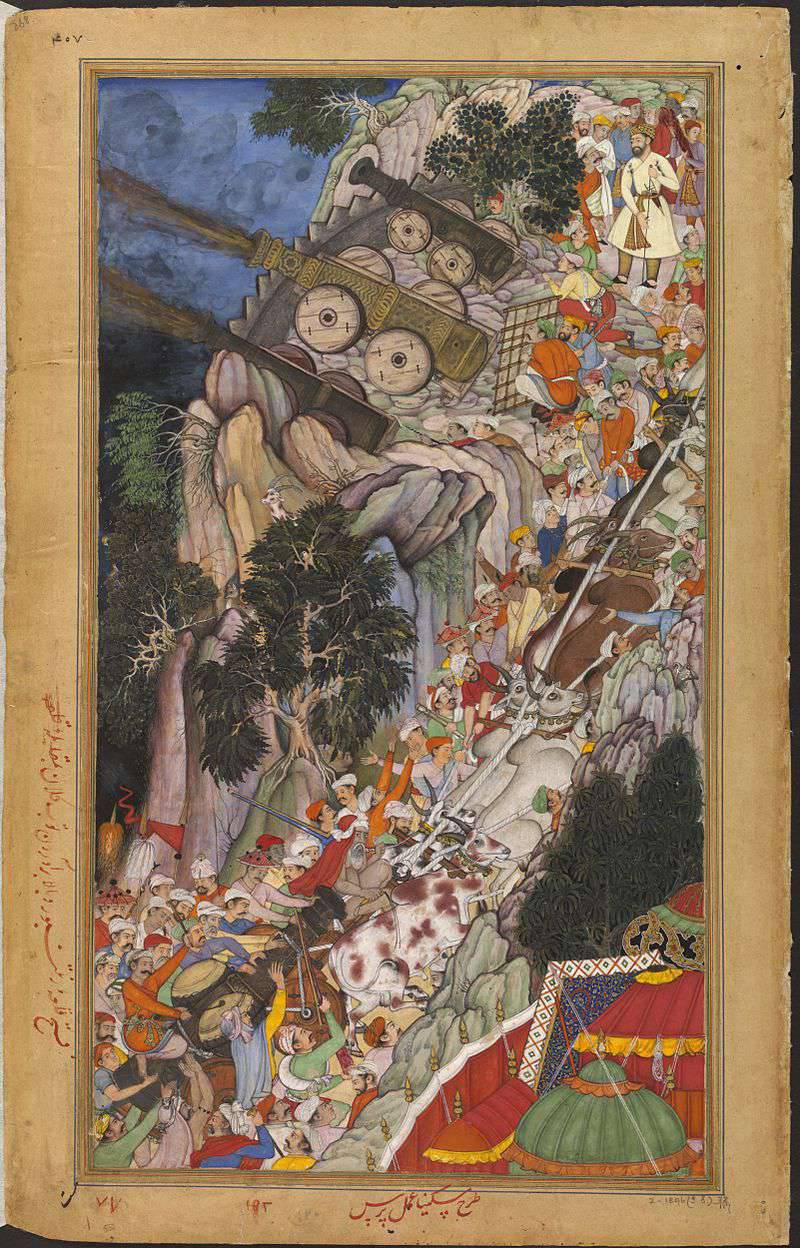
Siege of the fortress Ratamdor. Miniature from the Akbarname manuscript, about xNumx, Victoria and Albert Museum, London.
Akbar is credited with inventing a new plan for the camp, which was done to make it easier for the soldiers to make it easier for them to navigate, because the camp of many thousands was a whole city where it was easy to get lost. That is why, for example, a high pillar-beacon was placed in the center of the camp on which a fire was burning at night, which served as a guide for the troops. Artillery gathered in one part of the camp, the cavalry in the other, the infantry in the third. Each army had its own "square" in which all important matters were decided.

Indian mace shishpar, most likely from Rajasthan, 18 in., Hilt on the model of the sword of the hand. Royal Arsenal in Leeds, England.
The trusted members of the emperor's family personally inspected the perimeter of the camp every night, and if the guard did not turn up at the post, or he was asleep, his nose was cut off as punishment. Usually, the camp was protected by woven fences of woven branches, and the positions of artillery were sandbags. From the beginning of the 18 century, the camp began to be strengthened with moats and equipped with positions for artillery. The senior bakhshi officer was in charge of drawing up the battle plan. Then he submitted this plan to the emperor for approval, as a rule, the day before the battle.

Indian thorny mace gurz. Albert Hall Museum, Japur, India.
The troops were distinguished by traditional signs for the Mongols, such as for example, with their hangings from yak tails, which had a pagan Central Asian origin. The lion and the sun, depicted on banners, were used by the Mongol rulers of Samarkand, even before Babur began to use them. Akbar distinguished himself with particularly complex symbolism, including several ... thrones used to symbolize the emperor's occupation, an umbrella decorated with precious stones, a brocade canopy, and many different colors of flags.
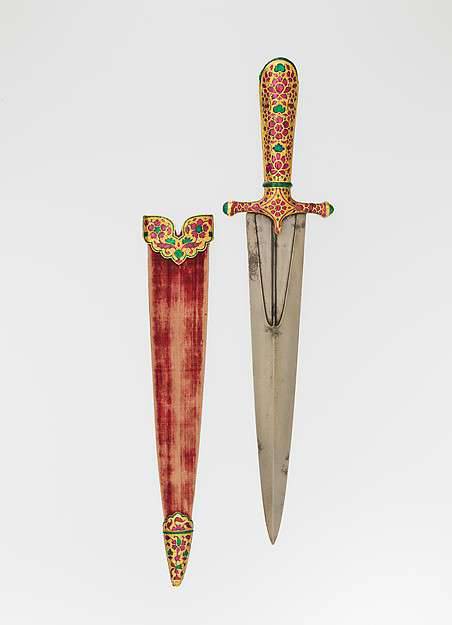
Indian dagger straight, 1605 – 1627's. Steel, gold, emeralds, glass, textiles, wood. Length with 37.1 sheath, see. Length without 35.4 sheath, see. Blade length, 23.2, see Metropolitan Museum, New York.
Mughal was very developed and military music. The battle started at the sign given by the big drums of the Panbat, as well as by the sounds of horns and battle cries. Other military instruments, including timpani, small drums, cymbals, and various pipes, created a powerful noise field that cheered on their warriors and overwhelmed the enemy warriors. The battle cry of the Muslim troops was typically Muslim: Allah Akbar ("Allah is greater ..."), Dean Din Muhammad ("Faith, Vera Muhammad"). The Hindus, for their part, often shouted "Gopal, Gopal," which was one of the names of the god Krishna.
Indian cast mortar 18 century., Made for Tipu-Sultan in Muzor. Royal Artillery Museum in Woolwich, England.
Babur’s tactical techniques were largely based on Tamerlan’s experience. The army was built according to a certain verified scheme: Baranghar - the right wing, Jamankhar - the left wing, Kharaval - the avant-garde and Gul - the center. Later, scouts, gunners, an ambush regiment, and the “military police” were included here to catch people retreating without orders.
The infantry used large wooden shanty shields widely, which was a further development of Tamerlane's ideas. Only under his cover were crossbowmen, and at Akbar - the musketeers. Most full-scale battles began with an artillery duel followed by attacks by cavalry units, first with one wing of the army, then with the other. The battle usually began in the morning and ceased in the evening if the army hoped to retreat under the cover of darkness. The main goal was to reach and overthrow the enemy commander, sitting on an elephant; if it succeeded, the battle could be considered won!
Other methods of fighting included a feigned retreat with the goal of ambushing the enemy; the deployment of infantry in the defile, the purpose of which was to kill the enemy commander; light cavalry attacks to attack the rear and transports. On occasion, horsemen dismounted to attack the unprotected stomachs of armored elephants with large daggers. By the end of the 17 century, some of the Mughal army cavalrymen had muskets, as well as bows; but the latter dominated, but the former were always lacking. Akbar made an attempt to create a mobile field artillery, which was already under Aurangzeb.
Siege
The art of siege fortified structures (as well as their construction!) Was very highly developed in pre-Islamic India. On the northern plains, fortifications were built on artificial mounds, often surrounded by moats with water or even marshes. In central India, many of the fortresses were built on natural rocks. In Sindh, Punjab and Bengal, where a good stone was scarce, brick was used, while in Kashmir some fortifications were made of wood. Babur brought with him new ideas related to the experience of Central Asia and Persian military architecture. So, when designing Indian fortresses, a lot of attention was paid to ensuring adequate water supply. Interestingly, various engineering tricks were used to counteract artillery, for example, tall bamboo fences and even living plots of the Opuntia cactus up to 20 feet!
The sea fort of Janjira. Was considered, and in fact was for centuries impregnable.
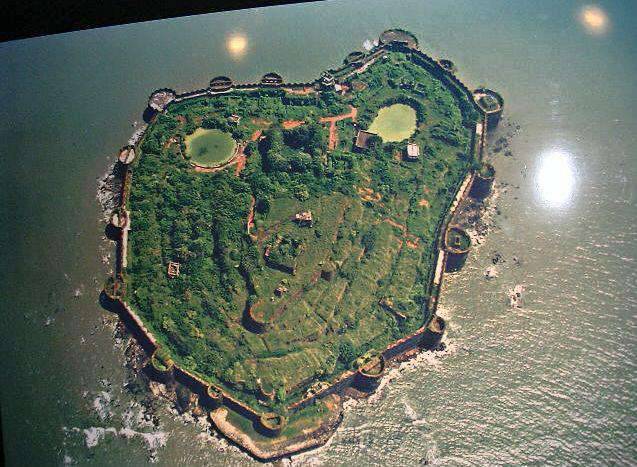
Construction of the fort continued on 22 of the year. Sheer walls sprout right out of the water. In the middle of two freshwater lakes - the stock of drinking war.
They tried to make the citadel stronger by building high walls in several rows, such as in the famous fortress in Agra, which had three walls built with ledges. Towards the end of the 16 century, the towers were not popular, but a strong slope of the walls, covered galleries on the walls, external galleries and "kiosks" above the gate were used. In the 17 century, the fortresses built by the Mughals received semicircular towers with a multitude of small box-shaped machining machines for shooting down. The old walls were reinforced, and embrasures for light guns were made in them. At the end of 17 and the beginning of 18, many buildings began to have a purely decorative meaning.
Huge guns of Fort Janjira. They were there 572! Not every sovereign in the army had so many cannons, but here they were all placed on a small, in fact, island!
Already in 1495, Babur wrote about the possibility of using smoke against enemy miners, who were doing a dig. Often, the defenders flooded them with water. The Rajputs defended the castles from Babur's troops, throwing stones and burning cotton bales on them, drenched in oil. During one of the sieges, behind the iron door leading into the castle, a strong fire was kindled, so the enemy could not touch it and open it. The outer gate was studded with large iron spikes against the elephants, which the besiegers used as live rams.
Catapults at the end of the 16 of the 20th century were still in use; but the guns became the most important means of siege warfare. During the siege of Chitora, a huge Rajput fortress, in 1567, the Mughal had three batteries, plus one large cannon that fired 40-pound stone cores. Interestingly, this massive weapon was cast directly on the spot, on top of a nearby hill, to avoid having to drag it up the steep slopes. Other siege companies included paschs or sandbags; Sarcob or Damdam was a wooden siege tower; in a word, covered trenches were called sabat; Jala - a raft of inflated skins that could carry up to 80 people, narbudan - a common staircase and kamand - a rope ladder; Tours - heavy manteleth.
Akbar's infantry and artillery (Angus McBride's design): 1 - infantry officer, 2 - artilleryman, 3 - boomey (militia soldier). In the distance, oxen carry one of those huge cannons that India was so famous for at that time.
Some of the siege works were simply colossal in scope. Sabbaths are described for ten horsemen riding side by side, and deep enough to completely hide a man riding an elephant. However, in order to successfully complete the siege, even the army of Akbar often had to resort not to arms, and to the power of money, especially if it lasted for several years.
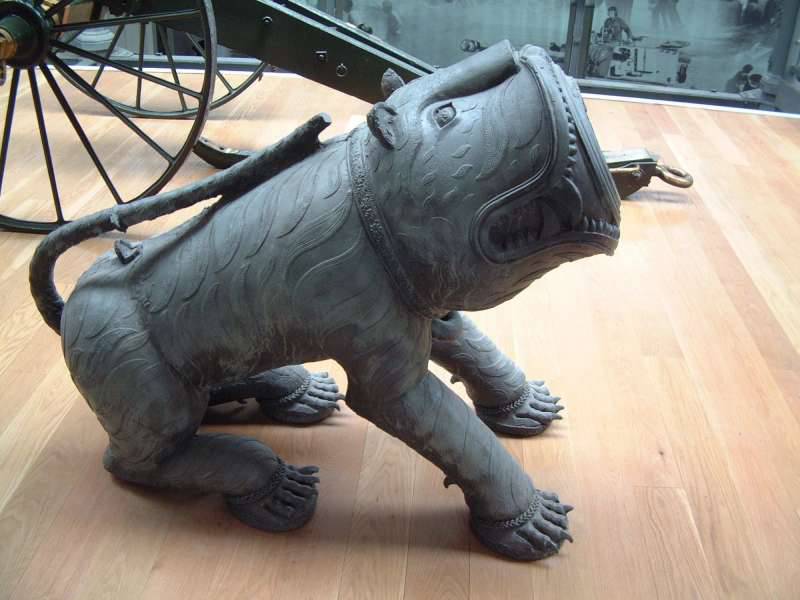
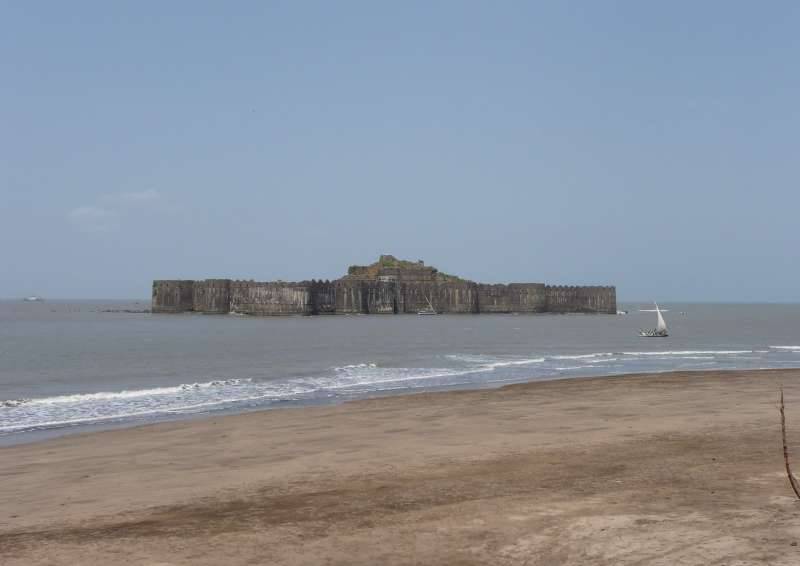
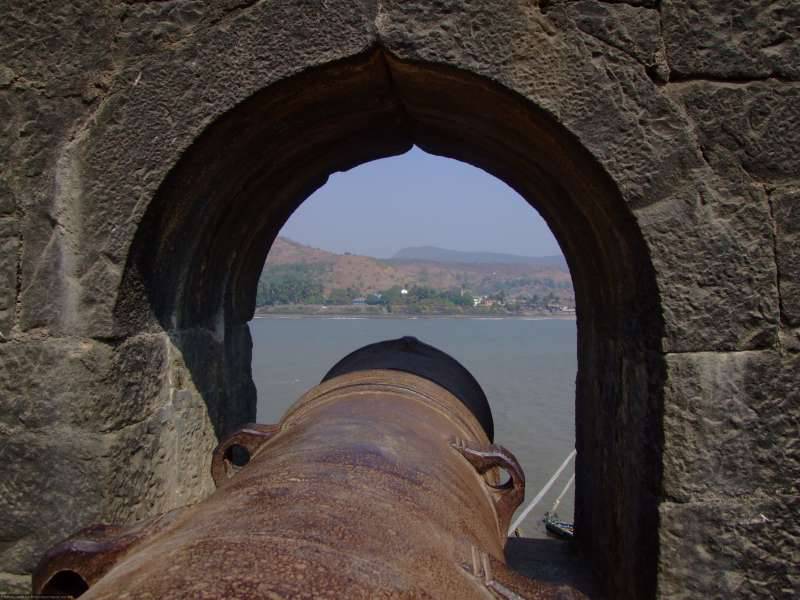
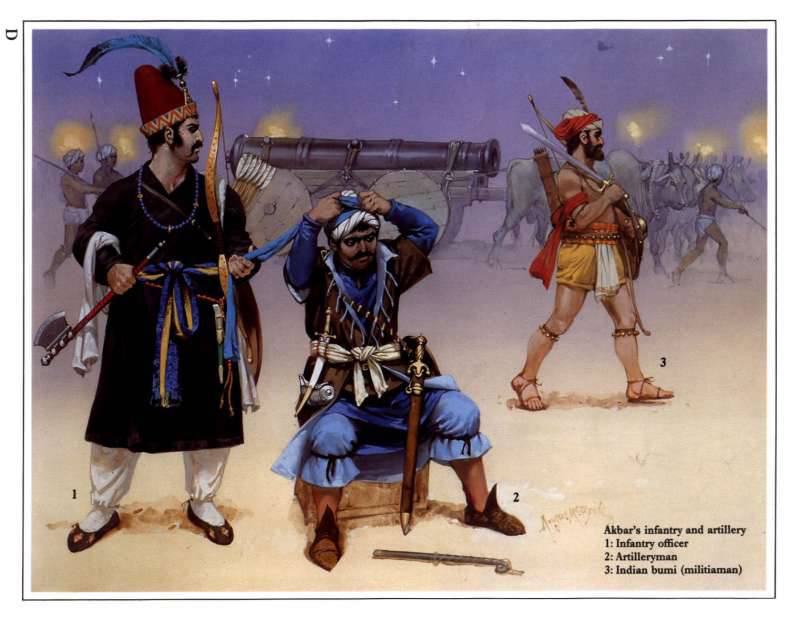
Information